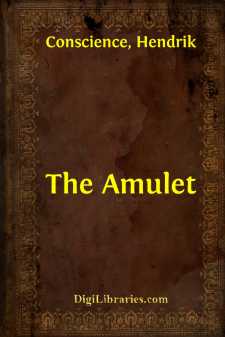Categories
- Antiques & Collectibles 13
- Architecture 36
- Art 48
- Bibles 22
- Biography & Autobiography 816
- Body, Mind & Spirit 145
- Business & Economics 28
- Children's Books 17
- Children's Fiction 14
- Computers 4
- Cooking 94
- Crafts & Hobbies 4
- Drama 346
- Education 58
- Family & Relationships 59
- Fiction 11834
- Foreign Language Study 3
- Games 19
- Gardening 17
- Health & Fitness 34
- History 1378
- House & Home 1
- Humor 147
- Juvenile Fiction 1873
- Juvenile Nonfiction 202
- Language Arts & Disciplines 89
- Law 16
- Literary Collections 686
- Literary Criticism 179
- Mathematics 13
- Medical 41
- Music 40
- Nature 179
- Non-Classifiable 1768
- Performing Arts 7
- Periodicals 1453
- Philosophy 66
- Photography 2
- Poetry 897
- Political Science 203
- Psychology 45
- Reference 154
- Religion 516
- Science 126
- Self-Help 85
- Social Science 82
- Sports & Recreation 34
- Study Aids 3
- Technology & Engineering 59
- Transportation 23
- Travel 463
- True Crime 29
Our website is made possible by displaying online advertisements to our visitors.
Please consider supporting us by disabling your ad blocker.
The Amulet
Categories:
Description:
Excerpt
CHAPTER I.
Previous to the close of the fifteenth century, the direction taken by European commerce remained unchanged. America had not been discovered, and the only known route to India was by land.
Venice, enthroned by her central position as queen of commerce, compelled the nations of Europe and Asia to convey to her port all the riches of the world.
One single city, Bruges in Flanders, serving as an international mart for the people of the North and South, shared, in some measure, the commercial prosperity of Venice; but popular insurrections and continual civil wars had induced a large number of foreign merchants to prefer Brabant to Flanders, and Antwerp was becoming a powerful rival to Bruges.
At this period two great events occurred, by which a new channel was opened to trade: Christopher Columbus discovered America, and Vasco de Gama, by doubling the Cape of Good Hope, pointed out a new route to India. This latter discovery, by presenting another grand highway to the world, deprived Venice of the peculiar advantages of her situation, and obliged commerce to seek a new emporium. Portugal and Spain were the most powerful nations on sea; countless ships left their ports for the two Indies, and brought back spices, pearls, and the precious metals for distribution throughout the Old World. This commercial activity required an emporium in the centre of Europe, halfway between the North and the South, whither Spaniards, Portuguese, and Italians, as well as French, English, Germans, Swedes, and Russians, could resort with equal facility as to a perpetual mart for all the commodities exchanged between the Old and the New World.[1]
A few years before the commencement of the religious wars which proved so disastrous to the country, Antwerp was in a most flourishing condition. Thousands of ships of every form and size covered its broad river like a forest of masts, whose many-colored flags indicated the presence of traders from all the commercial nations of the globe.
Portuguese gallions carried thither the gems and spices of the East; Spanish gallions the gold and silver of America; Italian vessels were laden with the delicate fruits and rich stuffs of the Southern countries; German vessels with grains and metals; and all returned to their own countries heavily freighted with other merchandise, and made way for the ships which were continually arriving, and which, according to contemporary chronicles, were often obliged to wait six weeks before they succeeded in approaching the wharf.[2]
Small craft, such as hers, ascended the Scheldt, and even ventured out to sea in order to trade with the neighboring people. Transportation into the interior of the country was effected by means of very strong wagons, several hundred of which daily left Antwerp. The heavy vehicles which conveyed merchandise through Cologne to the heart of Germany were called Hessenwagens.[3]
This extraordinary activity induced many foreigners to establish themselves in a city where gold was so abundant, and where every one might reasonably hope for large profits....



